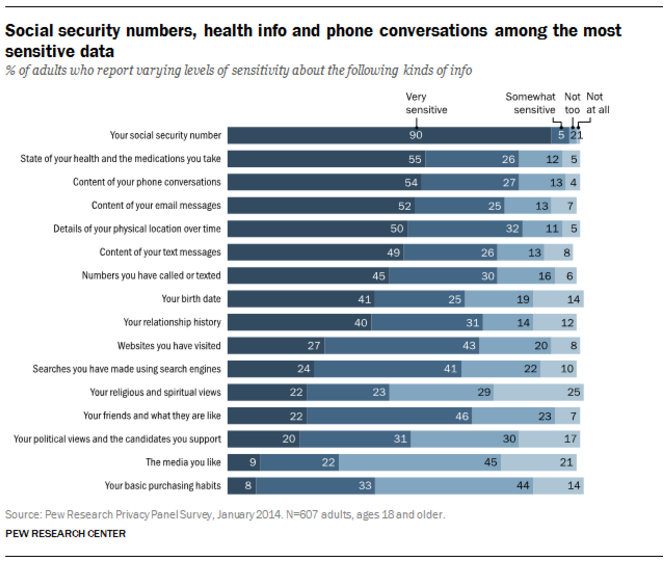Automated Customer Engagement – Myth or Reality?
Automation Of Customer Engagement
As we begin 2017, all of us at Xcite Digital wonder what will be some of the main developments in digital marketing this year? We are all feeling the pressure to do more with less, and therefore one of the trends that seems bound to continue is the automation of digital marketing.
Automation uses software platforms and technology both to automate repetitive tasks and enable more effective multichannel marketing across different channels, such as, email, social media and websites. Some of its benefits include saving time, collecting and integrating data, consistency across channels, and personalisation of your marketing to the individual consumer.
But there is one major area that so far has not generally been subject to marketing automation. One area that currently employs millions of people globally and continues to grow in headcount: in fact, it is predicted to grow by 10% annually until 2019 at least. This area is the customer engagement centre.
Even the name – customer engagement centre – gives a big clue as to why the resourcing of these facilities show no signs of slowing. They used to be known simply as call centres but have gradually evolved into multi purpose, multi channel centres. This is due to a combination of changing customer expectations, the importance of UX, and the increasing capacity of technological solutions.
Today’s customer will look anywhere and everywhere for an answer to whatever question is uppermost in their minds. Customer engagement centres have had to become more multichannel based to keep step with changing customer behaviour.
Whether a customer is looking for any kind of support with or information about products and services they will often be channel agnostics – flitting between phone, website, social media and live chat to find an immediate solution.
In light of this customer behaviour and the growing need for multichannel customer engagement centres, what is the scope to automate more of the functions they provide so as to reduce overheads? A recent Econsultancy workshop found that there are three factors that limit the extent to which customer engagement centres can be automated:
1. Privacy concerns
Effective multichannel marketing depends primarily on developing an understanding of their customers’ online behaviour. According to recent research by Pew Research Centre – see image below – most customers appear to be comfortable with marketers using this data and do not regard it as particularly sensitive. However, were customer engagement centres to be more automated, then more data would need to be gathered – including perhaps the digital capture of emails, texts, and phone calls – to develop the customer service algorithms. But looking again at the image below these data sources are considered ‘very sensitive’ by a far higher percentage of consumers.

2. The computer says no?!
The second main barrier to extending automation for customer engagement is the readiness of technology to do it well. The Econsultancy/IBM workshop discovered concerns that customer engagement data “has not proved itself to be statistically correct” and therefore, associated concerns that this could cause mistakes and harm the brand. There was a general feeling that companies will move toward automation incrementally and evolve customer engagement programmes step-by-step, as the desired and tested technology becomes available.
3. More questions than answers!
Coming back to our channel agnostic consumer, the final – and probably the largest – potential barrier to full automation of customer engagement centres is the complexity of customer needs. Is it really possible to sort customers’ questions and issues into well-defined categories and to understand customers’ problems well enough to respond to them automatically?
Think for a moment of your own behaviour as a consumer. Whether you are looking for fast answers or prompt service for you as an individual or for your business you will look for those solutions in various ways. You may also consult several sources at the same time. You may simultaneously be on the phone, browsing the website and interacting with live chat.
This kind of consumer behaviour – which could perhaps best be described as “the chaos of customer service” – is increasingly typical but means that customer engagement centres have to be able to adapt and respond to it. It also means that they need to avoid working in siloed ways and ensure that people processes and tools are all pulling together in a holistic manner.
Given all the above factors, 2017 is unlikely to be the year where customer engagement centres are fully automated! However, a recent report by Gartner indicates that by 2020, 85% of customer interactions with brands will not involve a human being on the other side. Myth or reality? At Xcite Digital we will watch developments in this area with great interest and will report back further during the year…
Author: Emily Williams
